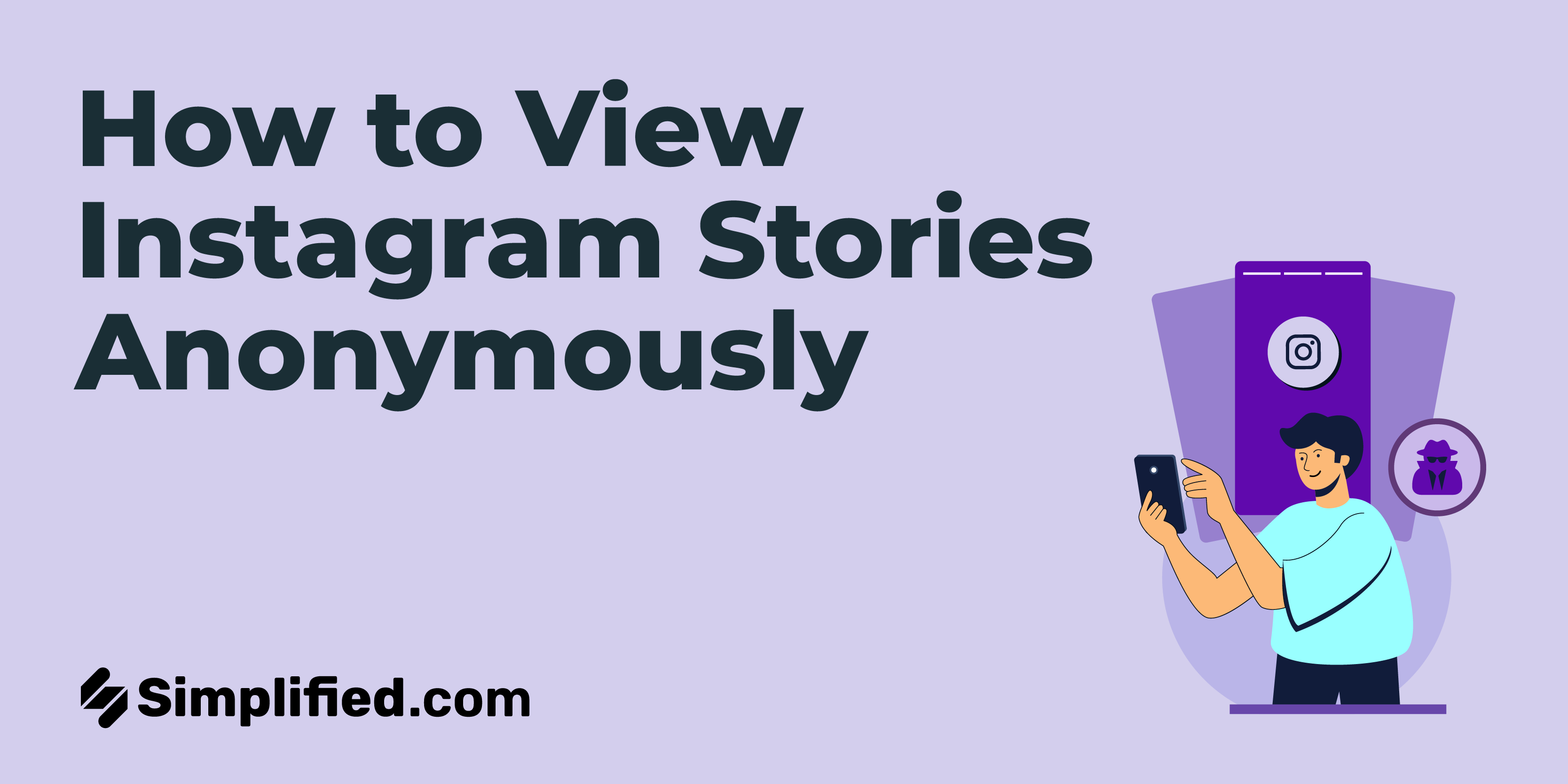Cross-posting is a widely utilized term in the social media landscape, playing a pivotal role in content dissemination and audience engagement. Understanding this concept is essential for social media managers, influencers, and anyone keen on optimizing their online presence.
What is Cross-Posting?
Cross-posting refers to the practice of sharing the same post, content, or message across multiple social media platforms. It allows users to reach a broader audience by leveraging different channels simultaneously. Instead of creating unique content for each platform, cross-posting enables efficient and widespread distribution.
The origin of cross-posting can be traced back to the increasing need for streamlined content sharing as users actively began participating on various social media platforms. As the digital landscape expanded, individuals sought methods to maximize visibility without investing extensive time in crafting separate posts for each platform. This necessity gave rise to the concept of cross-posting.
How Cross-Posting Works?
The process of cross-posting involves sharing the same content on multiple social media accounts simultaneously. Users can either manually share identical posts or employ third-party tools that automate the cross-posting process. This strategy ensures a consistent message across different platforms, catering to diverse audience segments.
Benefits of Cross-Posting
1. Extended Reach: Cross-posting allows content to reach a larger audience across various social media channels, increasing overall visibility.
2. Time Efficiency: By sharing the same content on different platforms, users save time that would otherwise be spent creating unique posts for each channel.
3. Unified Brand Message: Cross-posting ensures a cohesive brand message, maintaining consistency in communication across diverse online spaces.
Considerations and Best Practices
While cross-posting offers several advantages, it's crucial to consider platform-specific nuances. Each social media channel has its own audience demographic and content preferences. Tailoring captions, hashtags, and content formats to suit each platform enhances the effectiveness of cross-posting.
Conclusion:
In essence, cross-posting is a valuable strategy for optimizing social media efforts. By understanding its dynamics and incorporating platform-specific considerations, individuals and businesses can leverage this approach to amplify their online presence and engage with a broader audience.
.webp)













